Baliem Village – Information
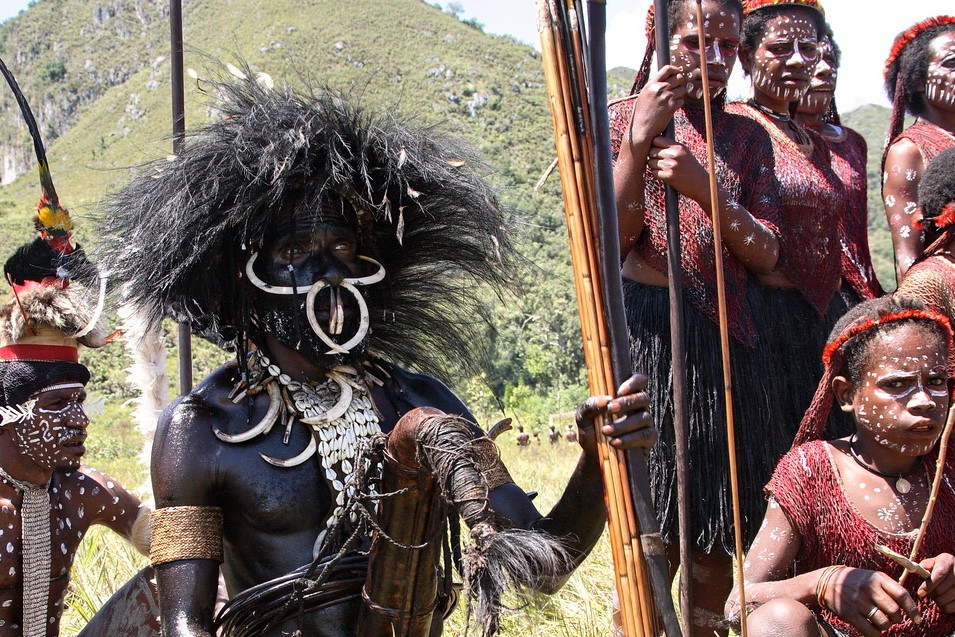
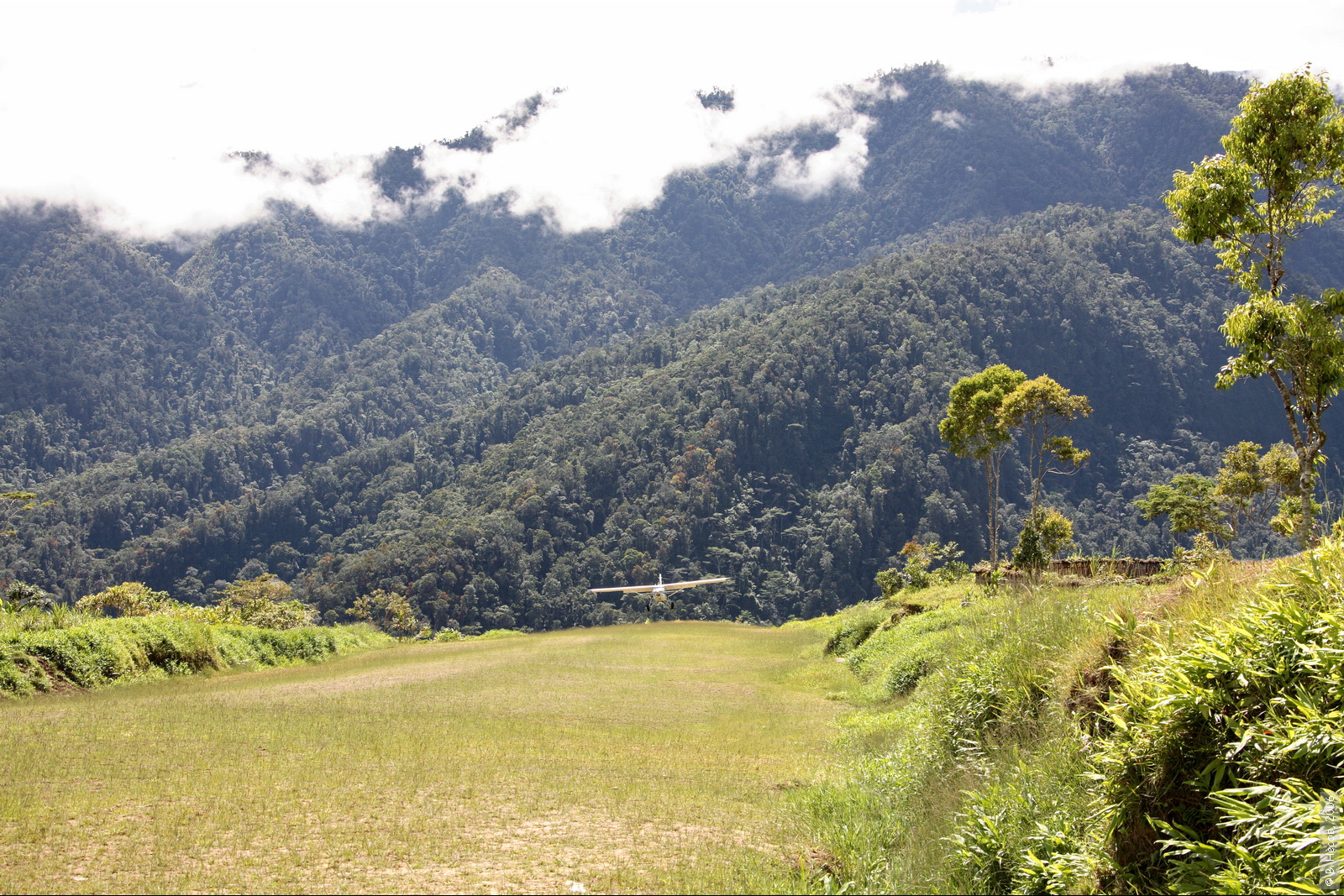
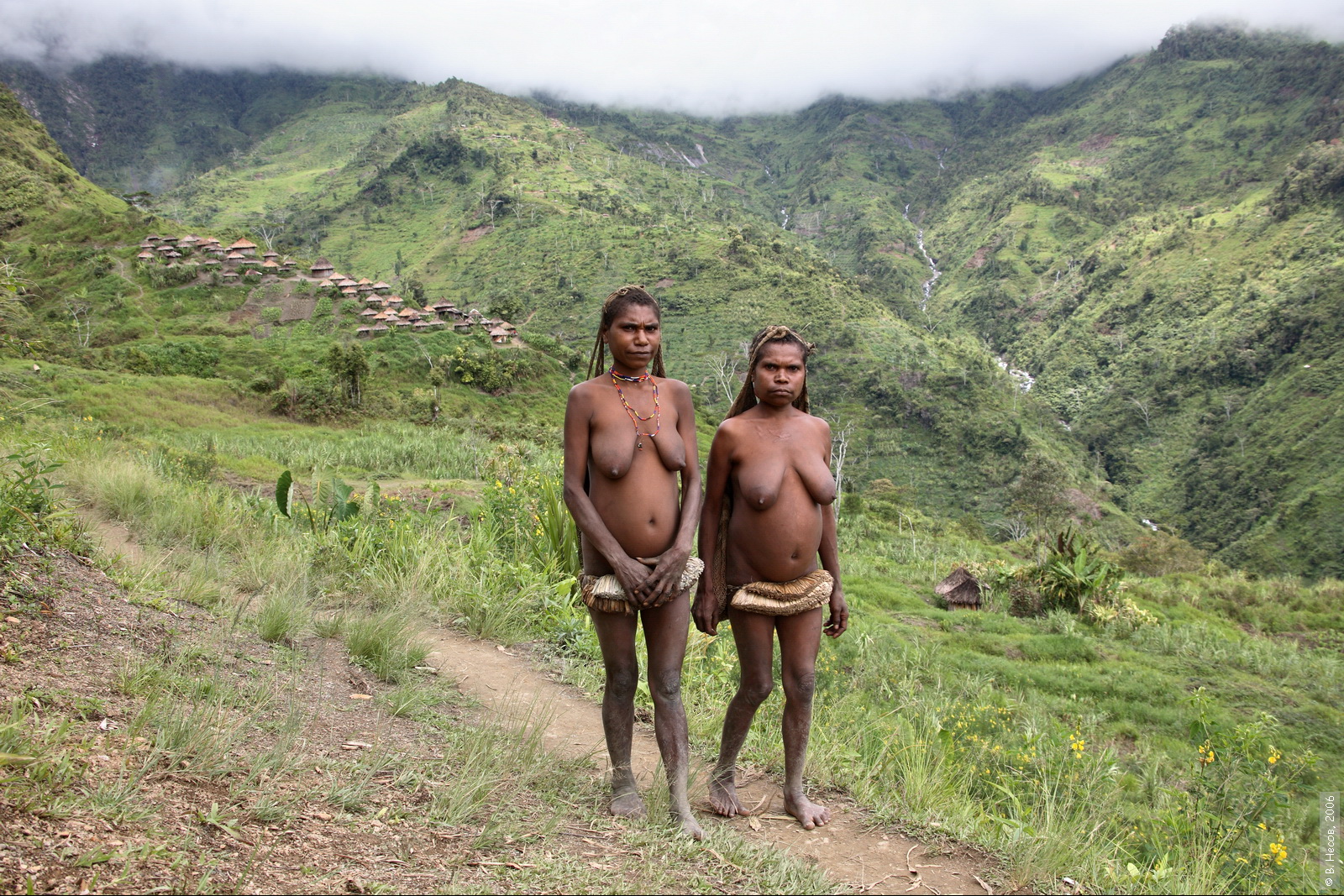

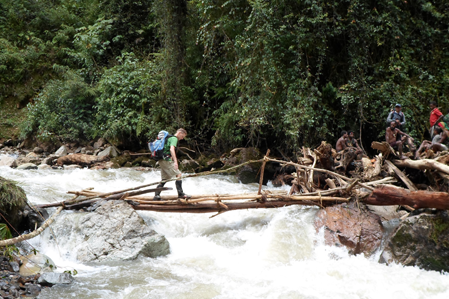
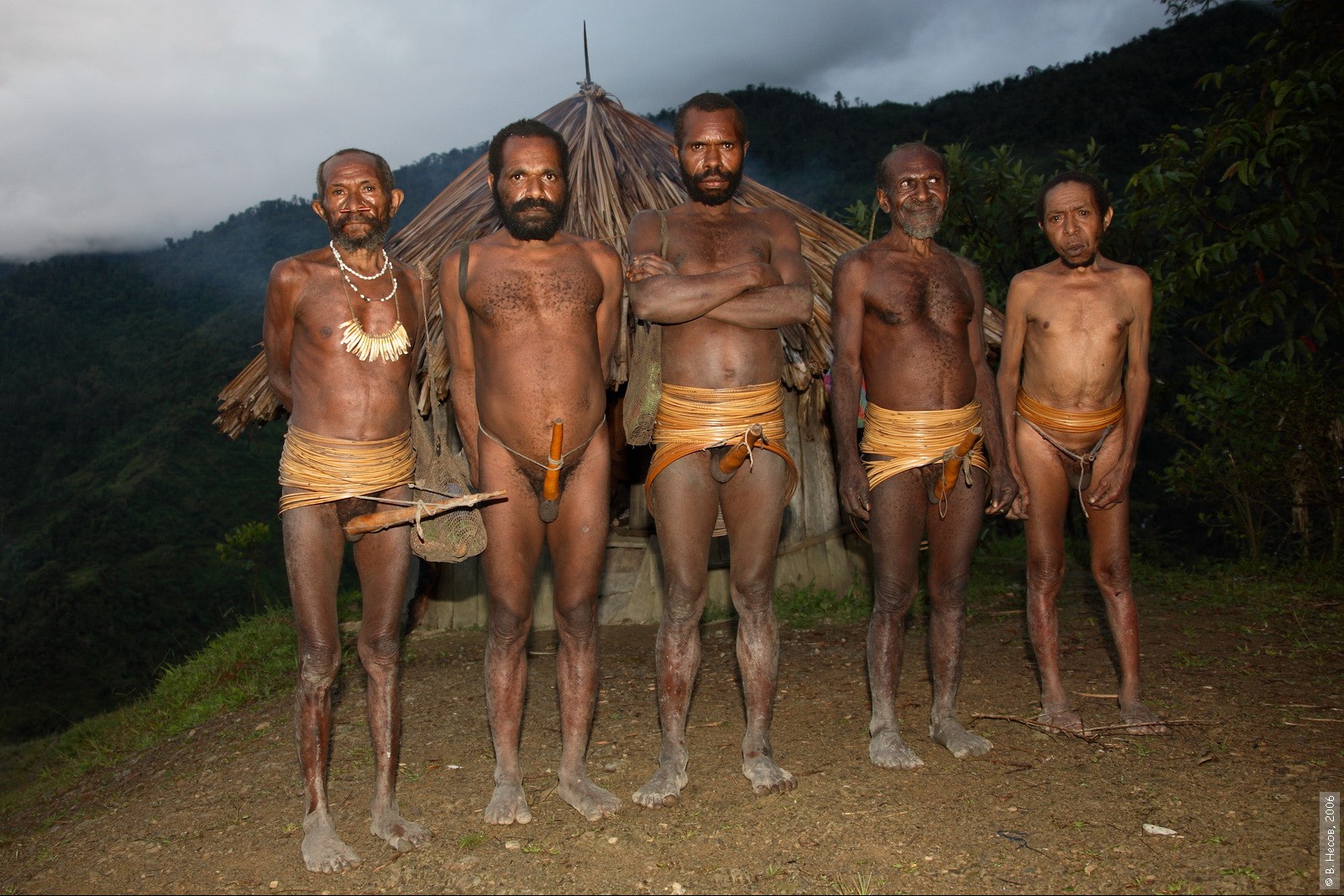
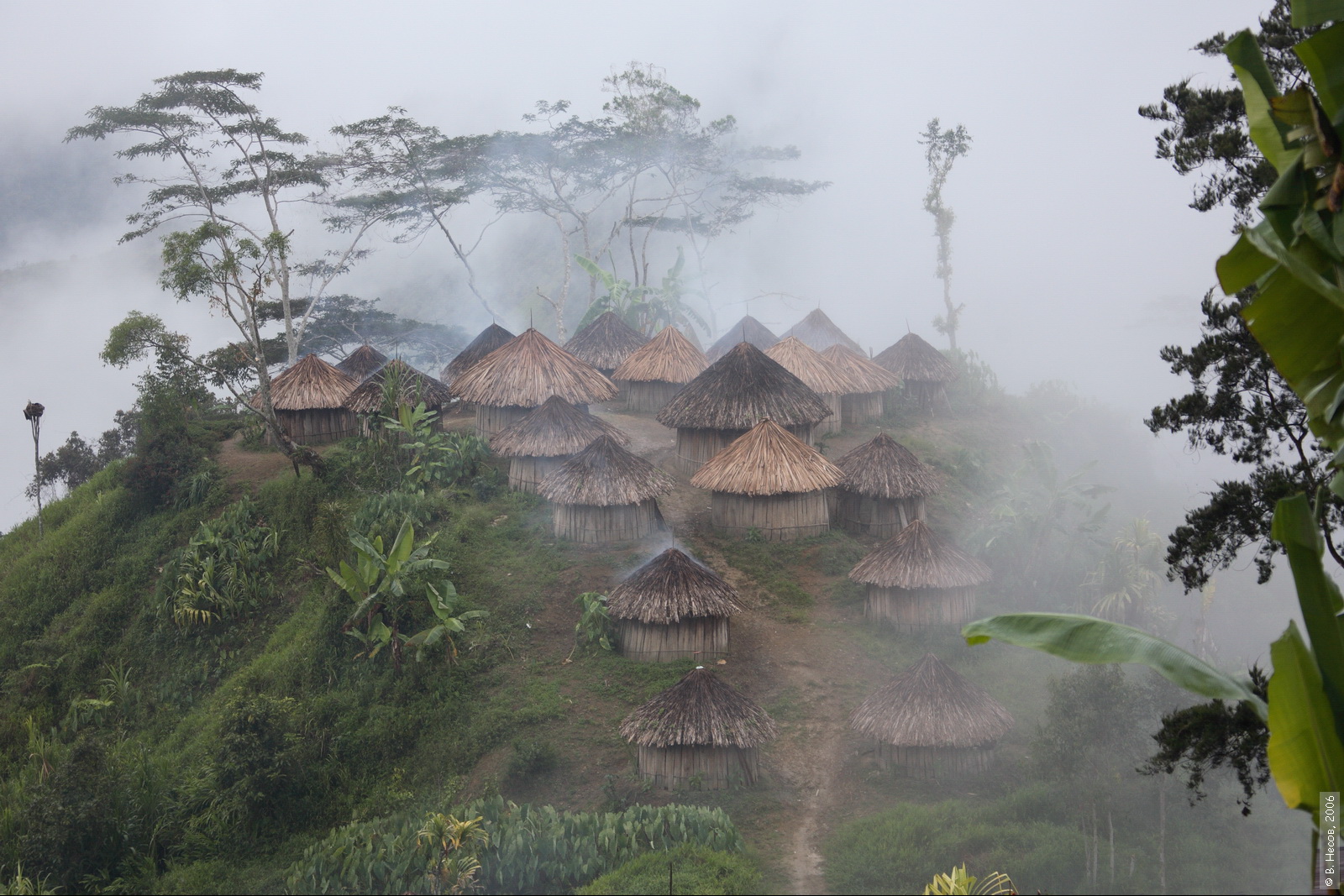
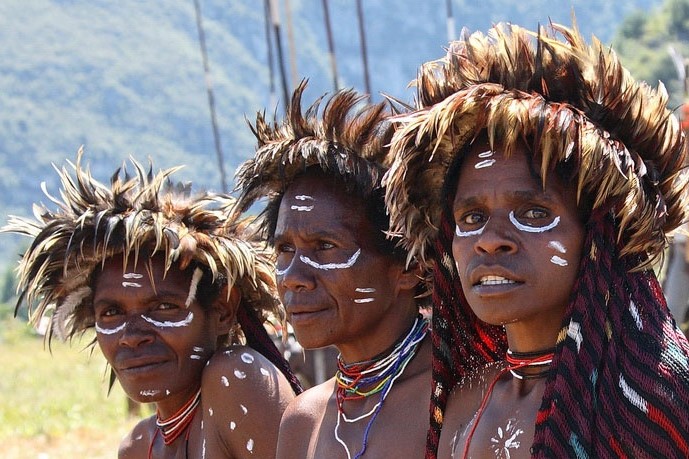
General information about Papua
The Dani tribe
The Dani people live in the highlands of Papua and speak Papuan. Until a few decades ago, the people were one of the most isolated peoples in the world. The cultivation of legumes, pig breeding, the production of simple stone tools and pottery were already a culture in the Neolithic Age. Approximately 250,000 native Dani people live in the highlands of Papua, making it the densest population in the province of Papua. The Papuan peoples are proud of their ancient traditions and reject modernization and globalization. The feeling of belonging to the nation state of Indonesia is largely absent. The temperature differences from day to night are enormous. During the day the temperature is almost continuously around 26 degrees and at night around 12 degrees. The special sights, besides the unique nature and the people, are the traditional Dani market in Wamena, the pig festival and the war dances in the village of Obia, the 250 year old mummy in Alkima and the stone age villages in Suroba, Sugokmo and Jiwika.
Wamena
Wamena is the capital of the Baliem Valley and is the only one to be reached by plane from Jayapura. In the city you will immediately notice the intermingling of the different Indonesian cultures. You will meet the typical customs of Danis, Minangs, Javanese and Ambonese. The Wamena market should definitely be visited. Wamena is the center for the sale of the master crafts of the Dani. Here you will find fighter statues, the famous penis quivers and many other unique souvenirs. The restaurants are mostly run by Javanese and Sumatran people. The city is surrounded by the villages of the Dani. The closest villages within walking distance are Wauma, Wesaput and Sinatma, where there is an impressive suspension bridge made of lianas.
Jiwika
The village is located in the north of the Baliem Valley, about 15 kilometers from Wamena. The village is home to a 300 year old mummy. Jiwika is best known for its performance of the traditional Mokiere war. The following (formerly real) scenario is demonstrated: During the war between two warring tribes, one tribe tries a surprise attack. The warrior on the watchtower (Koyo) spots the attackers and sounds the alarm. From this point the battle begins until a tribe has defeated and killed all enemies. Then peace will return and you will experience the triumph dance of the winners “Kayo Eatai”. Fortunately this is only a spectacle, the tribes celebrate together afterwards. For the pig festival, a pig is shot straight into the heart with an arrow, the hair and bristles are burned and then placed on banana and sweet potato leaves for slaughter. The innards are removed and the pig is placed in a pit with boiling stones. Millet and acacia leaves are used for the typical aroma and to keep the heat stable. After that, several layers of sweet potatoes are placed on top of the pig and covered with sweet potatoes.

